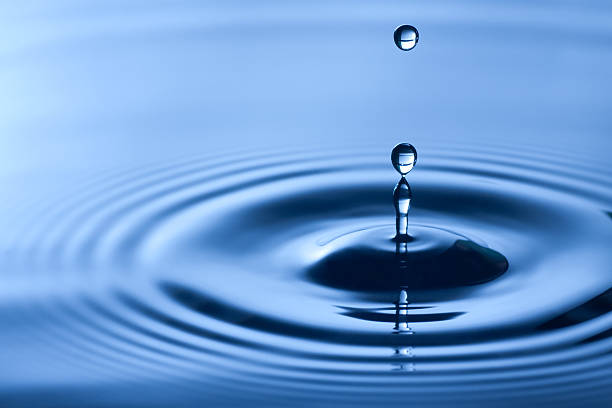Artist Laurie Frick: Making Much of the Immaterial and Big Data
- aaross25
- Mar 2, 2018
- 3 min read

Visionary artists have always found ways to embrace new materials and mediums for their art. There are no boundaries for the modern artist who must attempt to make meaning within and reimagine the world.
But what about the immaterial world? What of the virtual and the invisible which we shed every day online and via our use of technology? Can the information trail of our individual humanity be fashioned into fresh artistic expression? Laurie Frick, an artist who embraces big data as part of her palette thinks so, and has proven it in a wide range of projects.
Frick recognizes the awesome power in data, but she does not necessarily surrender to dystopian futures. As she says on her website. “I predict all that creepy surveillance will turn into an entirely new way to see yourself.” Her view goes beyond the category of “data visualization” – a term which she finds oversimplifies and reduces the potential of her work. Frick explains her work as
“experiments to anticipate a future when art is simply the way we will consume data about ourselves… and the people around us. Art holds emotion and nuance, we can read it as pattern that explains the experience. The data is just an ingredient.”
Beauty beyond self-delusion
Frick sees her art as a way to attain greater clarity not only about ourselves but our relationship with the world and others. Much like outing the well-documented privacy paradox, which shows us a disconnect between our beliefs about privacy and our privacy practices, Frick sees her art as an opportunity to make self-delusion impossible.
One of Frick’s more recent works is Friend Nutrition, an exploration in the potential of big data’s transformative ability to help us surround ourselves with friends who improve and nurture us rather than hold us back. The NPR program All Things Considered recently profiled Frick’s work, and during the interview she expressed a hope that an algorithm might just help her overcome her blindness when it comes to recognizing toxic people in her life. Pitched as a “faux startup” the piece is part venture capital performance and part combination and extrapolation of existing technological ideas. Through a dizzying nexus of social data and biofeedback, Friend Nutrition argues for a “balanced meal of who to see, know, ignore.”
Artists like Frick help us see beyond the envelope, coloring in a world where “everything is known.”
Where are the blind spots in my picture?
Like many great creative works, Frick’s work sparks a myriad of questions. What about inherent inaccuracies in the devices which attempt to quantify the self? Will the ever-growing mass of personal data ever achieve the dimension of nuance required to profoundly help us revise or recontextualize our sense of self? Is there essential, misunderstood value in self-delusion? Where does privacy fit here? Is it the only tool we have at our disposal to alter or correct these works-in-waiting?
Artists drive these conversations, and I am grateful for Laurie Frick and the many others who explore privacy, security, and big data with artistic expression. As Annie Dillard wrote in her book Holy the Firm:
“What can any artist set on fire but his world? What can any people bring to the altar but all it has ever owned in the thin towns or over the desolate plains? What can an artist use but materials, such as they are? What can he light but the short string of his gut, and when that’s burnt out, any muck ready to hand?”
Perhaps you, too, can find a way to make art from your own feeds and streams of data, while being mindful of the privacy implications of such activity.





Comments